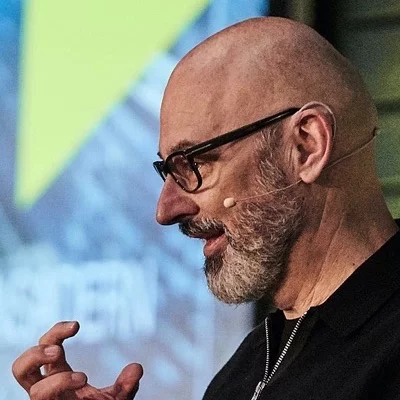You can use the following tools, which we will describe in the next four blogs, for your own reflection - but they can of course also be used as part of HR approaches developed specifically for your organisation.
This approach offers HR departments the opportunity to recognise the rapidly changing role requirements for employees and to support the short-term and longer-term development of people into new professional roles.
But even if these tools are not yet part of the official toolbox of HR departments in their organisations: Each of these tools is absolutely suitable for people in change processes to become individually clear about what their current dynamic professional role actually looks like and which future role(s) they would like to develop into. So, if in doubt, it is better not to wait, but to become clear about your professional role in the company and develop it further.
First of all: the most important terms explained once again
A Dynamic Professional Role (DPR) arises from the bundle of behavioural expectations of a role holder and their own way of translating these (as well as their own expectations and their own ideas of identity) into professional action.
The term behavioural expectation describes what is important: Behaviour shows in a vivid and real way whether the expectation is actually fulfilled,- attitude or mindset alone "has never reached the finish line"
Dynamic because these expectations are not static for the vast majority of (important) roles in the company, but often change more frequently and with significantly greater speed in the current reality of the company than in the past.
As a result, the role defines the current and future performance expectations of important INTERACTION PARTNERS towards the respective role holder. In the same way, the elaborated dynamic professional role reflects the role holder's understanding of performance
Tool 1: Self-clarification and recording of current requirements
The first tool for developing a dynamic professional role focuses on the self-clarification of the employee (= role holder). This process initially requires in-depth self-reflection. The focus here is on the employee's own view of what their current role looks like, what key requirements it is made up of and how the role holder is currently able to (not) fulfil their own and others' expectations in this role. The first step is therefore to develop your own view of the current role panorama.
The easiest way to do this is to use the schematic visualisation of a role profile:

Proceed as follows:
- Record the main interaction partners with whom you currently have close working relationships. (Note: There are 4 in this sample, but there may be many more, so please add to the chart). Who are my most important partners so that I can do my job excellently?
- What motivates/employs/motivates/concerns these people?
- What specific (behavioural) expectations do they have of me as .......................?
- Describe very precisely: In their eyes, I perform my role successfully when I demonstrate the following specific behaviour ...........
- Then please focus on your own expectations of yourself in this professional role: From my point of view, I am successful in my role when I demonstrate the following specific behaviour ...........
- Enter the key results of this step in the diagram. This describes your view of things.
The next step is to harmonise this view with the perspective of your key interaction partners.
Read our next blog on this: Tool 2 "Role negotiation with interaction partners"




